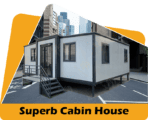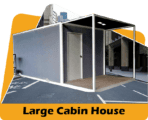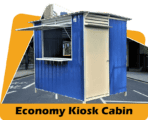
Blog
Why Passive House Design is the Ultimate Luxury for Malaysian Homeowners 💎🏡 | RumahHQ
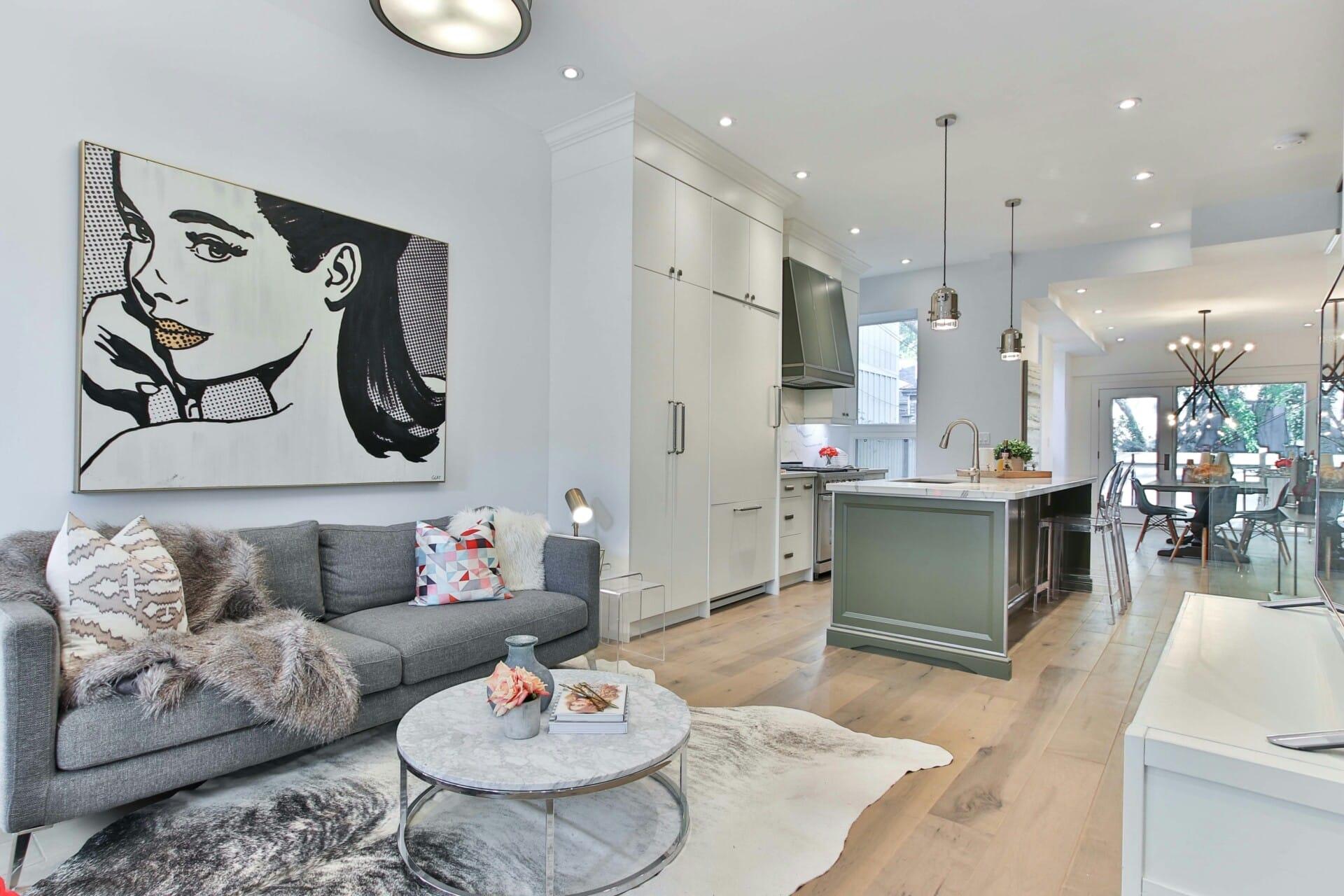
Ever dreamt of living in a home that feels just right, no matter what the weather is like outside? Imagine a place that’s not only stylish and comfortable but also smart about energy use – that’s where Passive House design comes into play. In Malaysia’s tropical paradise, where we love our lush surroundings and modern living, Passive House design isn’t just a trend; it’s quickly becoming a luxury choice for homeowners who want the best of both worlds. Picture this: a house that stays cool without cranking up the air conditioning all day and demands minimal energy to keep you cozy in any season. Intrigued? Let’s dive into why more and more Malaysians are considering Passive House design as the ultimate luxury for their dream homes! 💎🏡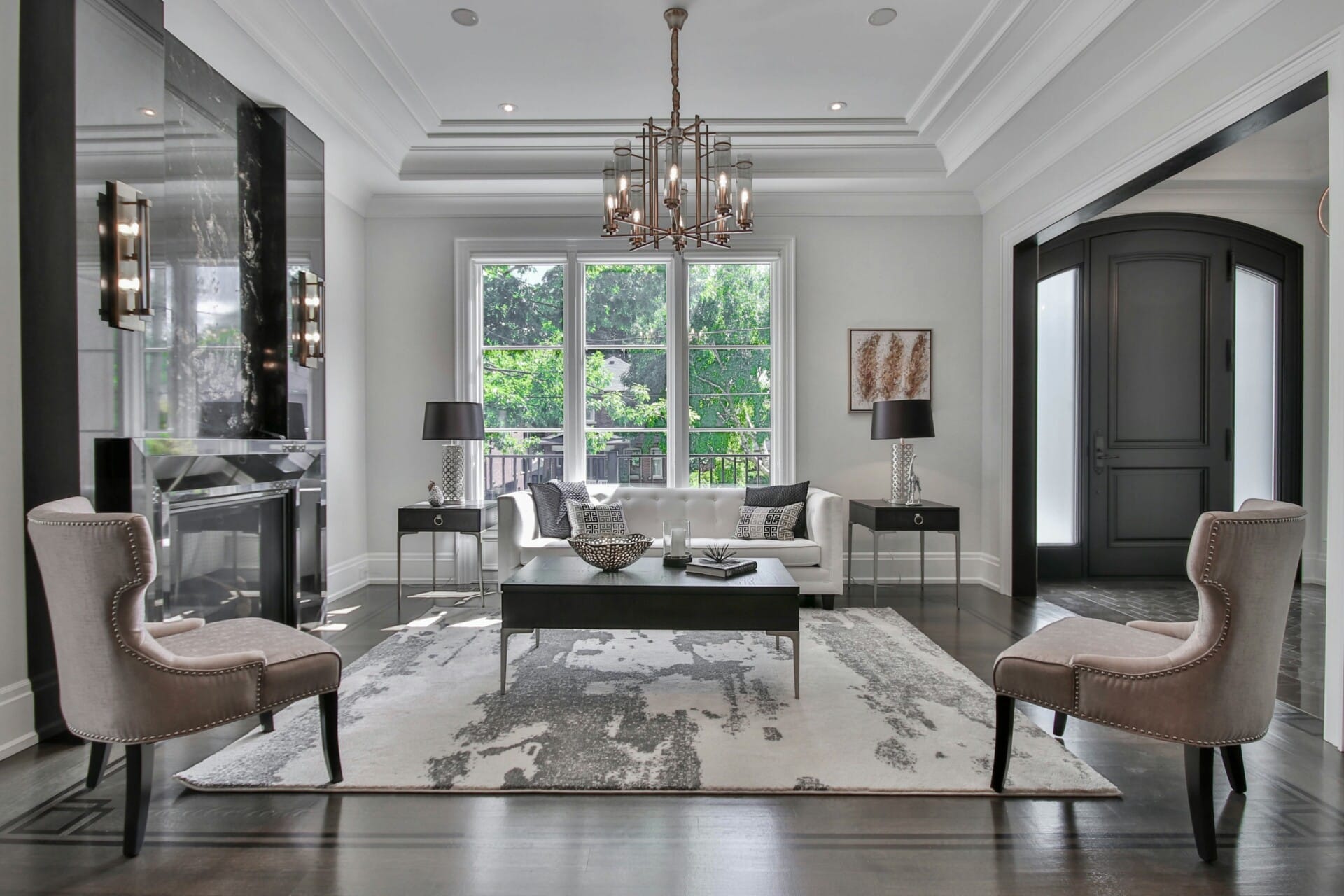
Understanding Passive House Design Principles for Malaysian Living
When it comes to creating a comfortable home in Malaysia’s tropical climate, the principles behind passive house design are nothing short of revolutionary. By prioritizing energy efficiency and thermal performance, passive houses harness natural elements, ensuring that homes stay cool and comfortable without relying heavily on air conditioning. This approach not only minimizes energy costs but also contributes significantly to a more sustainable lifestyle. Imagine a home that breathes, adapts, and works harmoniously with its environment—all while offering you a luxurious living experience.
At the core of passive house design, you’ll find four key principles that can be easily adopted by homeowners in Malaysia:
- Thermal insulation: By using high-quality insulation materials, these homes maintain consistent indoor temperatures, keeping the interior cool during sweltering days.
- Airtight construction: This involves sealing any gaps and cracks to prevent air leaks, which is crucial for maintaining comfort and reducing energy consumption.
- High-performance windows: Triple-glazed or specially coated windows reflect heat back outside, ensuring that the house remains cool and protected from harsh sunlight.
- Heat recovery ventilation: This system ensures that fresh air is consistently brought in while retaining the cool air inside, enhancing indoor air quality without sacrificing efficiency.
| Feature | Benefits |
|---|---|
| Energy Efficiency | Lower utility bills and reduced environmental impact |
| Comfort | Consistent temperatures and improved air quality |
| Durability | Long-lasting materials that require less maintenance |
| Resale Value | Attractive to eco-conscious buyers, making it a great investment |
Malaysian homeowners can truly experience the luxury of tranquility and sustainability by embracing these design principles. Imagine never needing to compromise on comfort, aesthetics, or energy consumption. A well-designed passive house not only enhances your quality of life but also stands as a testament to modern architectural ingenuity, showcasing your commitment to both style and sustainability. With the right understanding and implementation, passive house design can turn your dream home into a reality that’s as luxurious as it is eco-friendly.
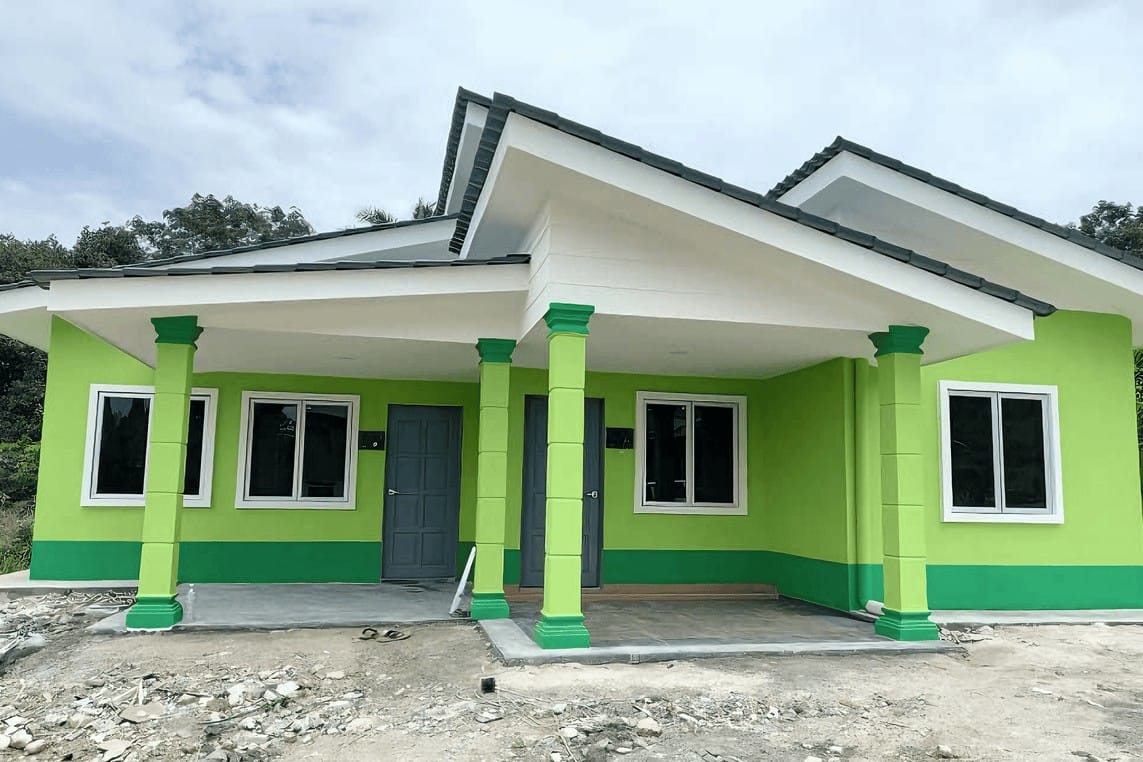
Balancing Comfort and Sustainability in the Tropical Climate
Living in a tropical climate like Malaysia brings about unique challenges when it comes to comfort and sustainability. Homeowners seek environments that allow them to stay cool and comfortable, but how can they achieve this while being environmentally conscious? Passive house design is where this balance shines, utilizing natural elements to maintain a pleasant indoor atmosphere without relying solely on energy-consuming air conditioning.
One of the key features of passive house design is effective insulation. This approach minimizes heat transfer, ensuring that the home stays cooler without needing constant air conditioning. Some effective strategies include:
- Using thermal mass materials to absorb and release heat
- Strategically placed shading devices to block harsh sun rays
- Maximizing cross ventilation by designing for natural airflow
Another crucial aspect is the choice of materials. Sustainable building materials not only reduce your ecological footprint but also contribute to a healthier living space. Here’s a quick comparison of some materials commonly used:
| Material | Benefits |
|---|---|
| Bamboo | Fast-growing, strong, and sustainable |
| Recycled Steel | Durable and minimizes waste |
| Earth Blocks | Natural insulation with low energy input |
Energy Efficiency as a Luxury: Reducing Utility Costs in Style
Imagine a home where elegance meets efficiency— that’s what passive house design offers to homeowners in Malaysia. By utilizing innovative design principles and building materials, these homes are not just energy-efficient; they provide a luxurious experience that translates into lower utility bills. With high-performance insulation and triple-glazed windows, passive houses ensure consistent temperatures year-round, allowing occupants to enjoy a comfortable and stylish environment without the heavy costs of air conditioning.
Adopting passive house design brings along several aesthetic and practical benefits that blend seamlessly with the lush Malaysian landscape. Homeowners can enjoy:
- Natural Light: Large windows maximize daylight, creating vibrant spaces that reduce the need for artificial lighting.
- Sustainable Materials: Stylish interior and exterior options made from eco-friendly materials add to the overall charm of the home.
- Modern Aesthetics: Sleek designs featuring clean lines and open spaces elevate the sense of luxury.
This combination of style and efficiency also allows homeowners to invest their savings from reduced utility costs back into enhancing their luxurious lifestyle. For instance:
| Utility Savings | Invest in Luxury |
|---|---|
| Up to 80% savings on energy bills | Upgrade furnishings or landscapes |
| Reduced maintenance costs | Travel or home renovations |
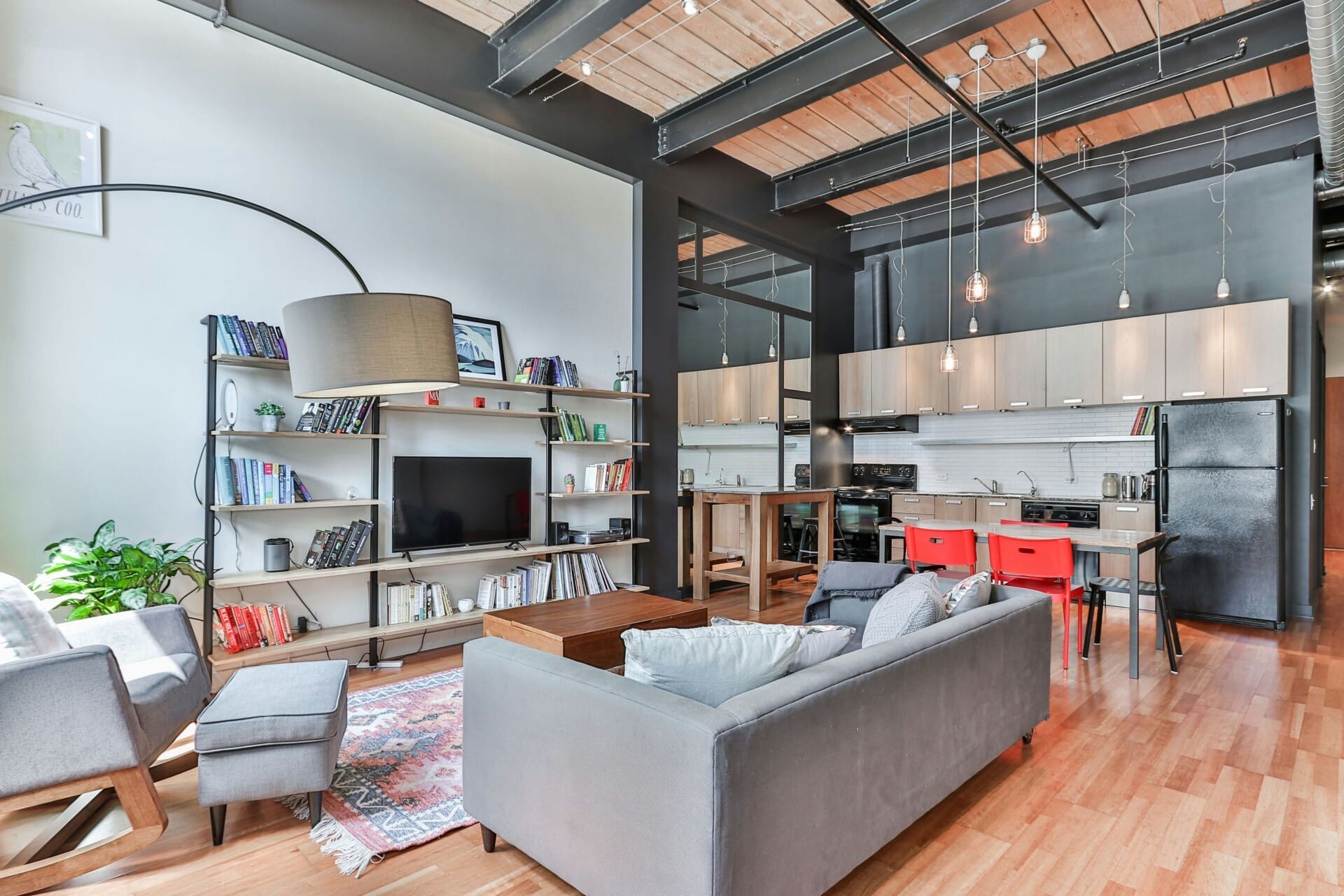
The Aesthetic Appeal: Designing Beautiful Passive Homes
Designing a passive home is all about striking a perfect balance between functionality and beauty. Imagine stepping into a space that’s not just energy-efficient, but also visually stunning! The beauty of passive houses lies in their clean lines, harmonious proportions, and clever integration with the natural surroundings. With large, strategically placed windows that invite abundant natural light, you can create a warm, welcoming atmosphere while reducing reliance on artificial lighting.
When it comes to materials, the choices made in passive home design can greatly enhance its aesthetic allure. By opting for sustainable and local materials, you can achieve a beautiful finish that aligns with the natural environment of Malaysia. Some preferred materials include:
- Bamboo: A highly renewable resource that blends seamlessly with local aesthetics.
- Reclaimed Wood: Adds character and history, creating a timeless feel.
- Natural Stone: Adds elegance while maintaining thermal mass, perfect for the Malaysian climate.
Moreover, landscaping plays a crucial role in enhancing the overall design of passive homes. By incorporating native plants and trees, you can create an appealing outdoor space that requires minimal maintenance and supports biodiversity. This not only contributes to the home’s beauty but also complements the passive design principles by providing natural shading and insulation. Here’s a quick glance at how landscaping can elevate your passive home’s appeal:
| Landscaping Feature | Benefit |
|---|---|
| Shade Trees | Reduces cooling costs and adds aesthetics |
| Water Features | Creates tranquility and promotes relaxation |
| Natives Plants | Low maintenance and supports local wildlife |
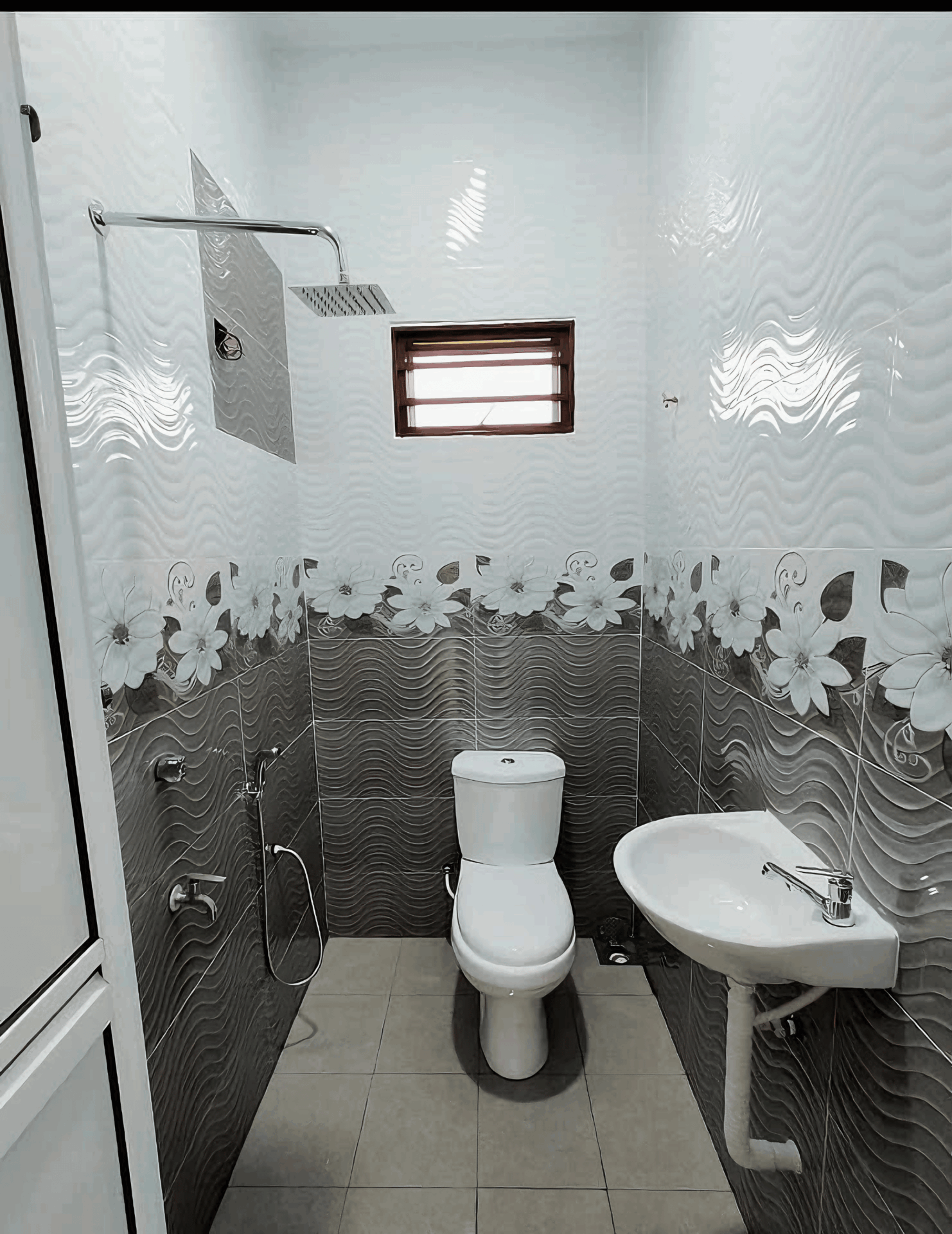
Health Benefits of a Well-Designed Passive House
Living in a well-designed passive house not only creates an inviting atmosphere but also comes with a plethora of health benefits. The very essence of passive design ensures that your indoor environment is consistently comfortable, thanks to proper insulation and ventilation. This means you can say goodbye to those annoying drafts and temperature fluctuations, leading to a more restful sleep. When your home maintains a stable temperature, your body can relax and recharge, reducing the chances of sleep-related issues and promoting overall well-being.
Another significant advantage is the incredible air quality naturally provided in passive homes. By incorporating effective ventilation systems that exchange stale air with fresh outdoor air, you minimize the accumulation of allergens, pollutants, and moisture. This is especially important for Malaysian homeowners, as high humidity can contribute to mold and dust mite problems. With a passive house, you enjoy:
- Lower incidence of respiratory issues
- Enhanced overall wellness
- Reduced allergies and asthma triggers
Beyond physical health, passive houses can also have profound impacts on mental well-being. With abundant natural light streaming through strategically placed windows, residents often experience improved mood levels and increased productivity. The calm, quiet spaces created by thoughtful design help reduce stress and anxiety, cultivating a sanctuary-like atmosphere in your home. It’s a space that promotes not just a better way of living, but a better quality of life overall.
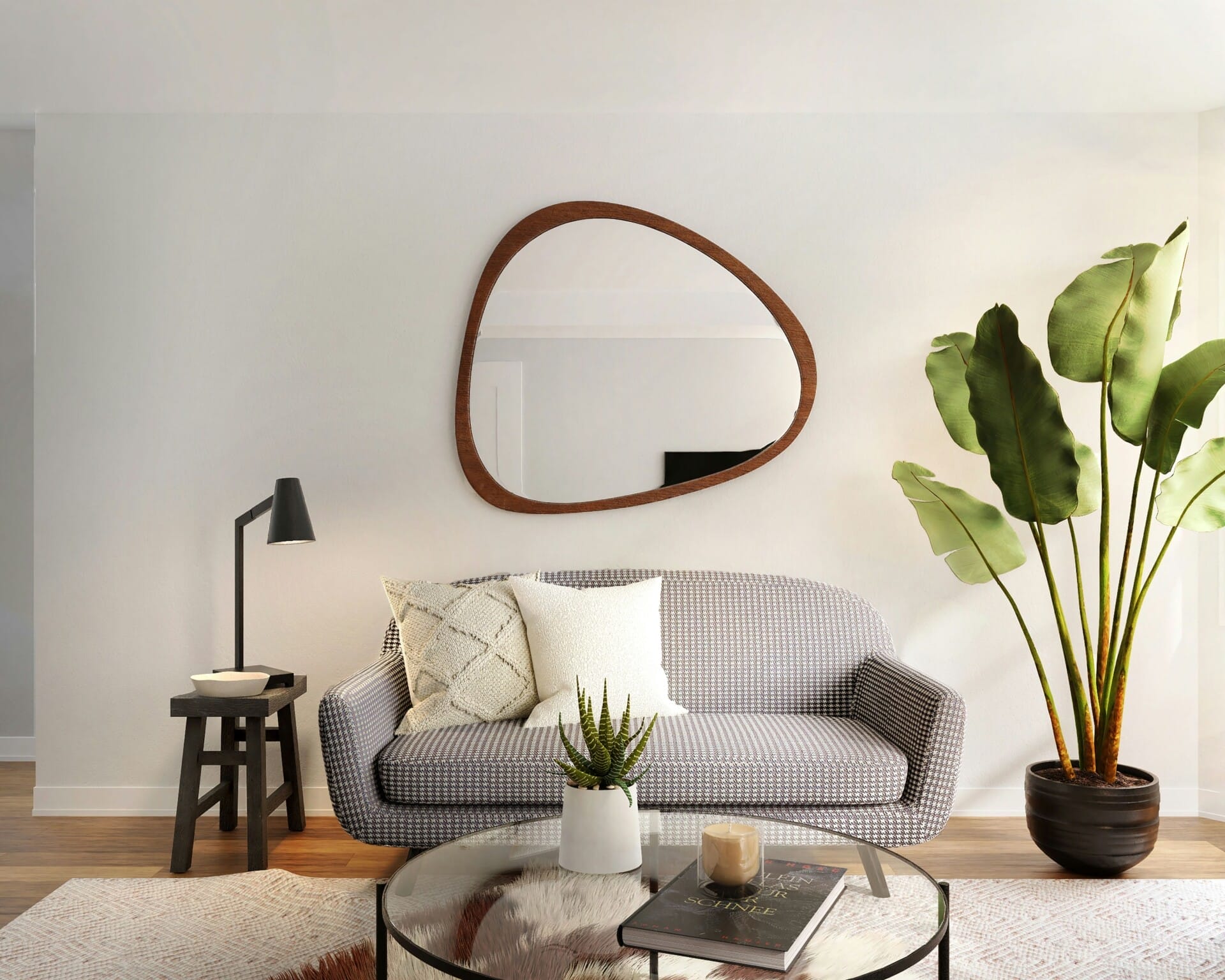
Navigating Building Regulations and Incentives in Malaysia
When diving into the world of Passive House design, it’s crucial to grasp the intricate web of building regulations in Malaysia. Local authorities emphasize sustainability, pushing for structures that not only comply with safety standards but also enhance energy efficiency. Homeowners venturing into this area will find it rewarding to understand these regulations as they pave the way for optimal design and construction. Here are some key points to consider:
- Energy Performance Standards: Familiarize yourself with the Malaysian Sustainable Energy Development Authority (SEDA) guidelines.
- Local Zoning Laws: Check your municipality’s rules regarding building heights and plot ratios.
- Material Usage: Be informed about eco-friendly materials that are best suited for your project.
In addition to regulations, homeowners can explore various incentives that Malaysia offers for green building practices. Government agencies are keen on promoting sustainable construction and often provide rebates and grants. Engaging with professionals familiar with these incentives can significantly reduce overall building costs. Here’s how you can take advantage of these:
| Incentive Type | Description |
|---|---|
| Investment Tax Allowance | Reduction in taxable income for green initiatives |
| Green Loans | Special loans with lower interest rates for eco-friendly projects |
| Recycling Centers | Access to facilities that promote construction waste management |
Lastly, networking within industry circles can greatly benefit DIY enthusiasts and seasoned builders alike.
Engaging with like-minded individuals and organizations can provide invaluable resources and insights into successful Passive House projects. Participating in local workshops or online forums dedicated to green architecture can help you navigate the complex layers of regulations and incentives while fostering a community that shares knowledge and experiences. A collaborative approach often leads to innovative solutions that take full advantage of what Malaysian regulations and incentives have to offer.
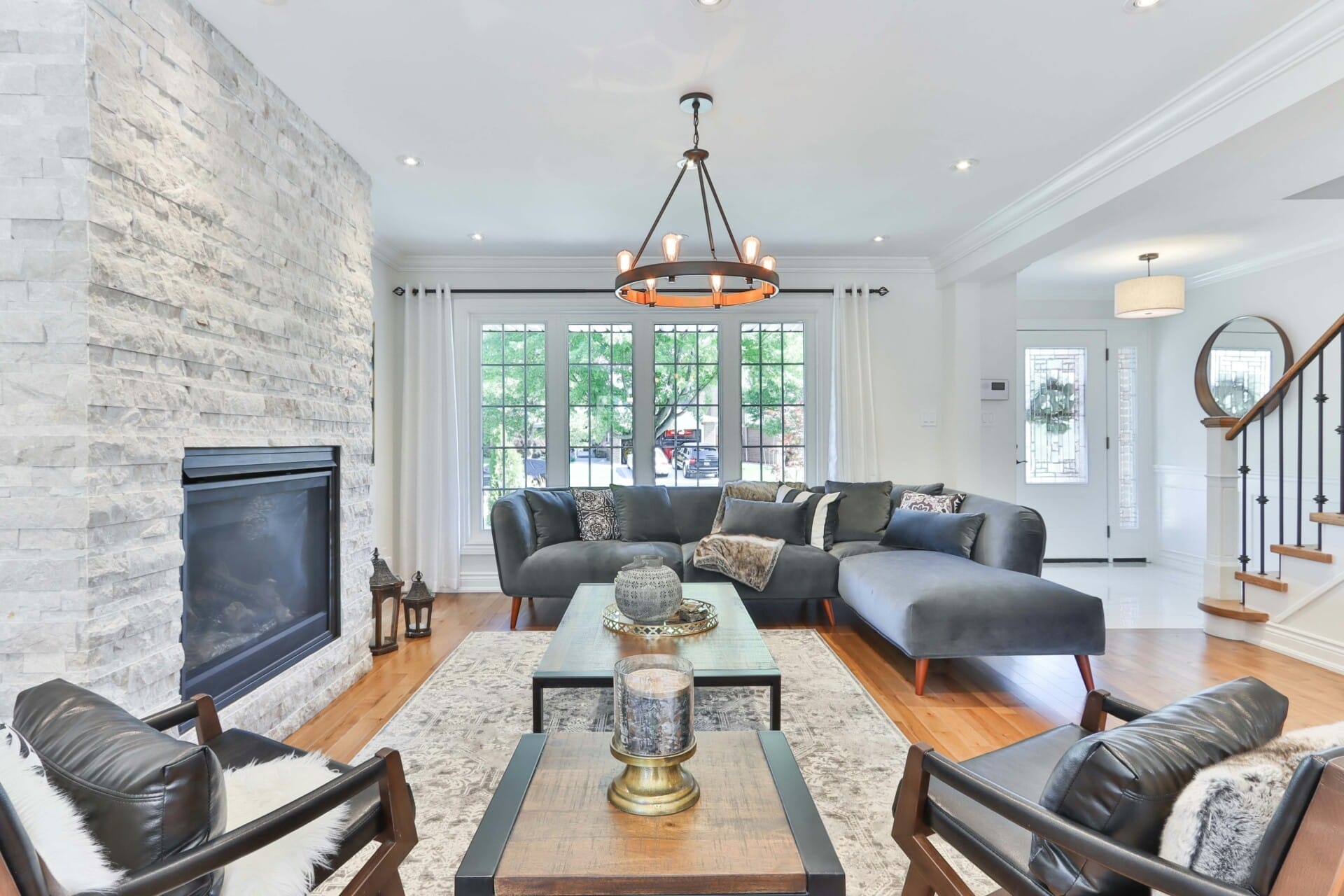
Tailoring Passive Design for Diverse Malaysian Landscapes
In the lush expanse of Malaysia, where landscapes vary from coastal shores to lush highlands, adapting passive design principles can enhance both comfort and energy efficiency in homes. Imagine constructing a house that feels naturally cool on a hot day without cranking up the air conditioning or knowing how to maximize natural light on those gloomy afternoons. By understanding the unique characteristics of each region, homeowners can create a sanctuary that beautifully blends with its surroundings while keeping energy costs low.
Key factors to consider when tailoring your passive design include:
- Orientation: Positioning your home to capture the prevailing breeze and natural light can significantly reduce energy consumption.
- Materials: Utilizing local materials that reflect heat or absorb coolness can enhance the home’s thermal comfort.
- Landscaping: Strategic planting of trees and shrubs helps provide shade and natural cooling without compromising the view.
The following table illustrates some popular Malaysian regions and their ideal passive design strategies:
| Region | Passive Design Strategy |
|---|---|
| Coastal Areas | Maximize ventilation with large windows and overhangs to protect from sun. |
| Highlands | Incorporate thermal mass materials to absorb and release heat efficiently. |
| Urban Areas | Create vertical gardens to improve air quality and provide insulation. |
| Rural Areas | Use local materials and natural shade from trees to minimize reliance on HVAC systems. |
Incorporating these strategies in the design process not only elevates the aesthetic appeal of your home but also acknowledges the sustainability trend that many modern homeowners are leaning towards. Imagine sipping your morning coffee while enjoying a cool breeze that dances through your perfectly oriented windows, a testament to thoughtful design that resonates with both nature and luxury. It’s about crafting spaces where comfort meets innovative building practices tailored for the multifaceted beauty of Malaysia.
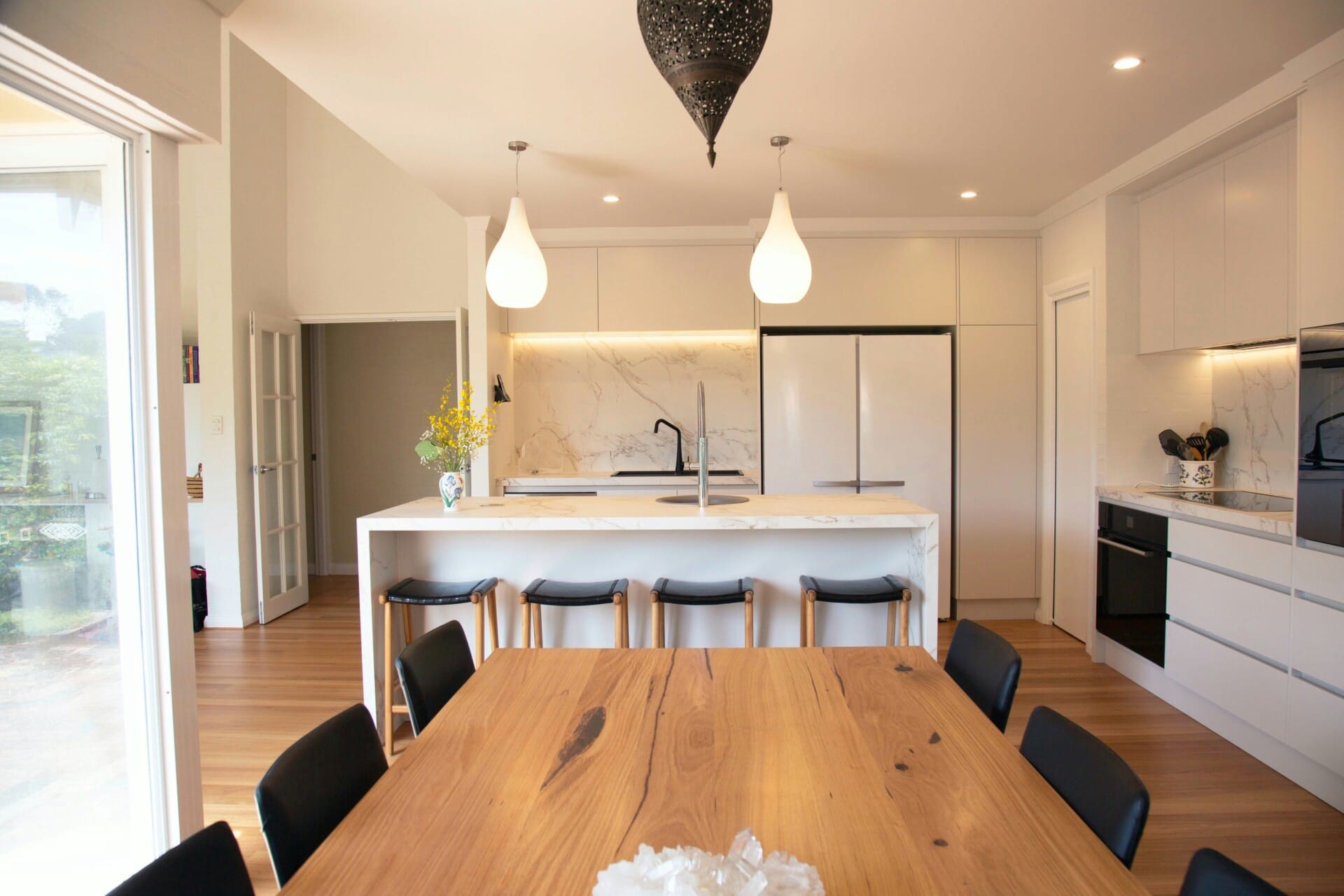
Investing in the Future: The Long-Term Value of Passive Houses
When considering a home investment, the appeal of passive houses goes beyond immediate comfort and style; it’s about securing long-term benefits that can significantly enhance your quality of life in Malaysia. Passive homes are designed to maintain optimal energy efficiency, leading to decreased energy bills and lower carbon footprints. In a country where energy costs can fluctuate, having a home that minimizes utility expenses ensures financial stability over time. Just think about how much you could save on air conditioning, especially with Malaysia’s tropical climate!
The environmental benefits are equally compelling. By choosing a passive house, you’re making a statement about sustainability and your commitment to the planet. These homes are built using materials and methods that reduce energy consumption, promote natural ventilation, and keep indoor air quality high. This approach not only helps combat climate change but also contributes to a healthier living space for you and your family. Some of the standout features of passive houses include:
- High-performance insulation to keep your home comfortable year-round.
- Triple-glazed windows that reflect heat in the summer and retain warmth in the winter.
- Heat recovery ventilation systems that ensure fresh air without losing energy.
Moreover, investing in a passive house is a savvy way to increase property value. As more buyers prioritize energy efficiency and sustainability, the market demand for such homes is likely to rise. You aren’t just buying a property; you’re investing in a future where your home remains competitive and desirable. Here’s a quick look at how passive houses can outshine traditional homes in the long run:
| Feature | Passive House | Traditional House |
|---|---|---|
| Energy Efficiency | Ultra-high | Variable |
| Long-term Savings | Significant | Minimal |
| Market Value | High Demand | Moderate |
By opting for a passive house, you’re not just investing in a luxury home today; you’re paving the way for a sustainable, economically savvy future that both you and generations to come can appreciate. In Malaysia’s evolving real estate landscape, making such a choice reflects a vision - one where comfort, efficiency, and responsibility come together harmoniously.
Future Outlook
As we wrap up our exploration of why Passive House design is the ultimate luxury for Malaysian homeowners, it’s clear that this isn’t just about living in style; it’s about embracing a lifestyle that values comfort, sustainability, and efficiency. Imagine enjoying a home that keeps you cool without cranking up the air-conditioner, or waking up to fresh, filtered air, all while reducing your energy bills.
In a world where climate change is a pressing concern and energy costs are constantly on the rise, investing in a Passive House means you’re not just building a home, you’re creating a sanctuary that benefits both you and the environment. So whether you’re dreaming about a cozy retreat or a space that elevates your family’s quality of life, Passive House design checks all the boxes.
With a blend of innovation and tradition, it’s truly a way to live luxuriously while being mindful of our planet. So, why not take the plunge? Your dream home might just be a Passive House away! Happy house hunting! 🏡💎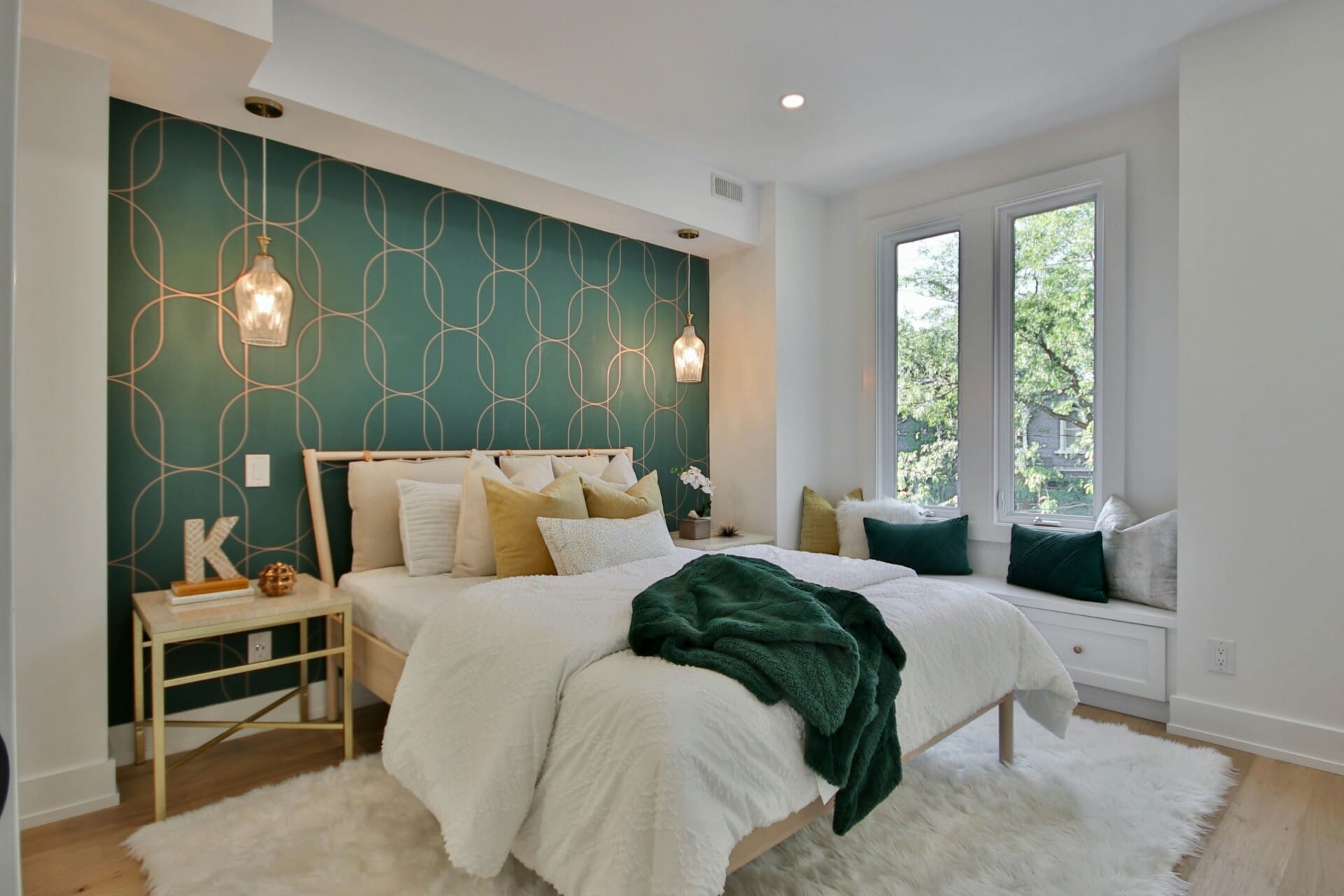
kontraktor rumah
bina rumah
pinjaman lppsa
pengeluaran kwsp
spesifikasi rumah
rumah batu-bata
pelan rumah
rekabentuk rumah
bina rumah atas tanah sendiri
kontraktor rumah selangor
rumah banglo
Source link
